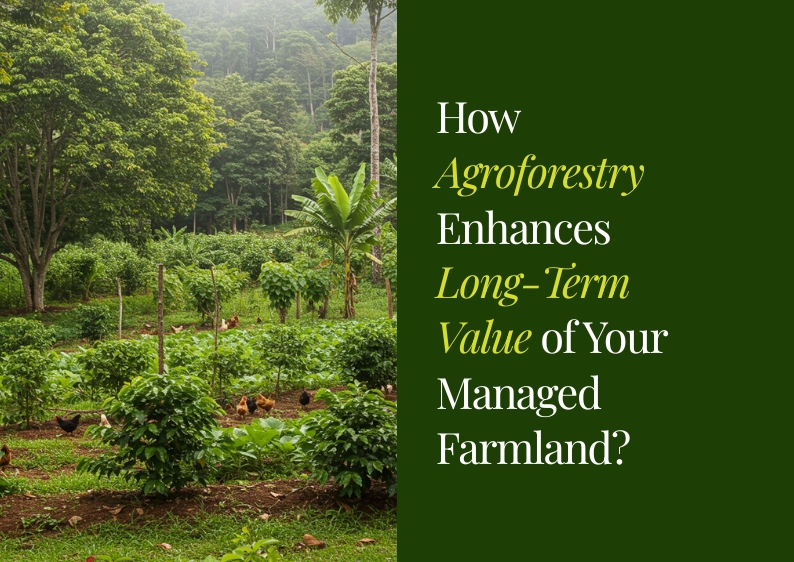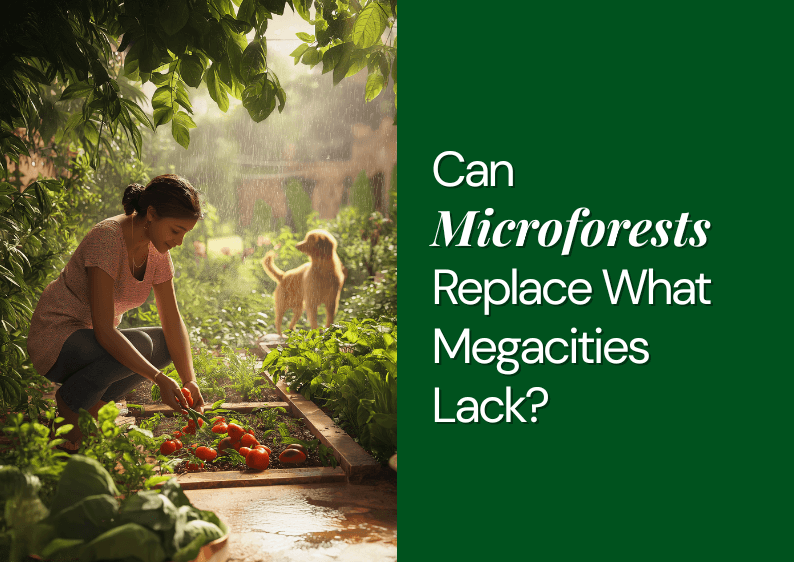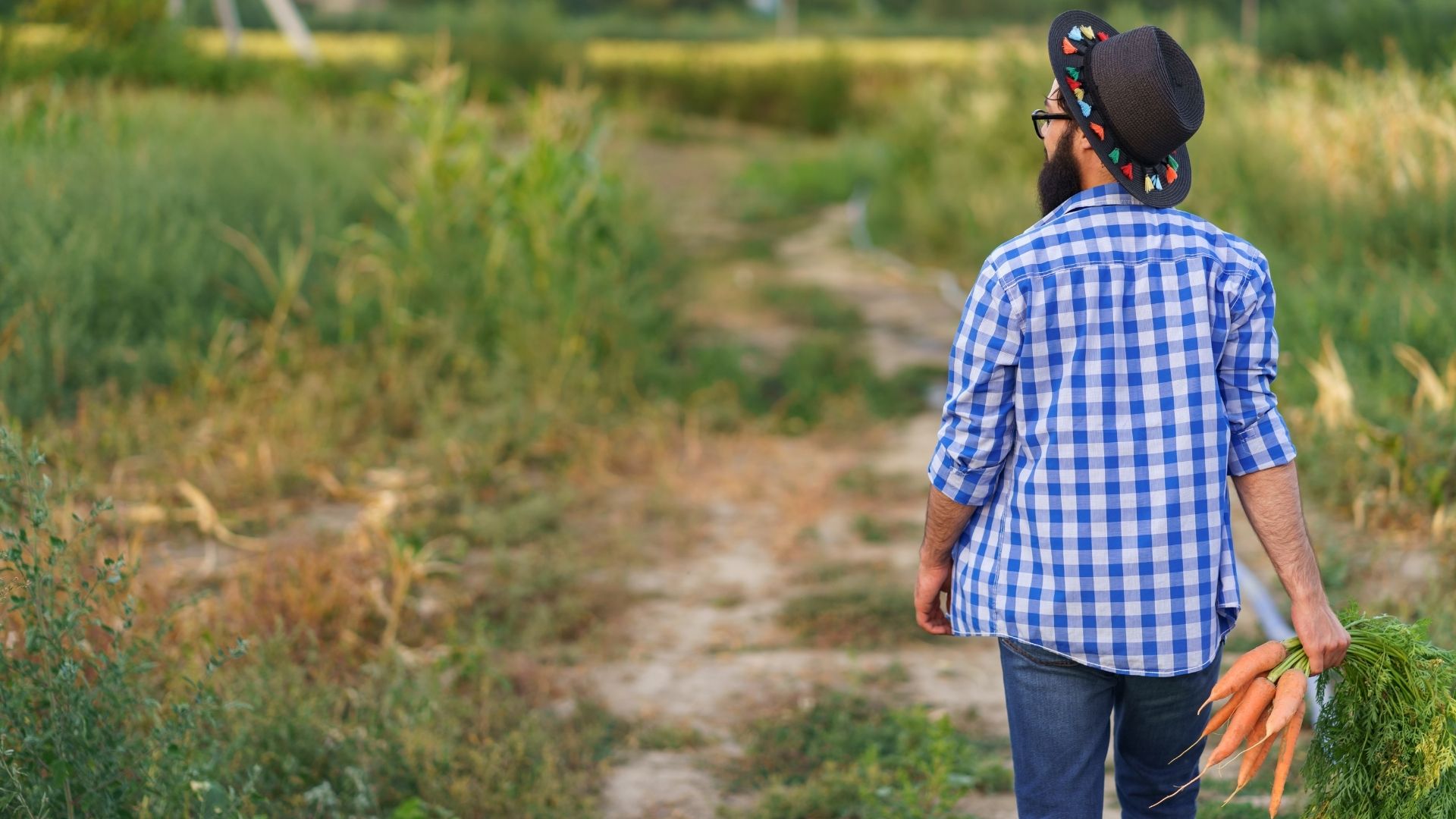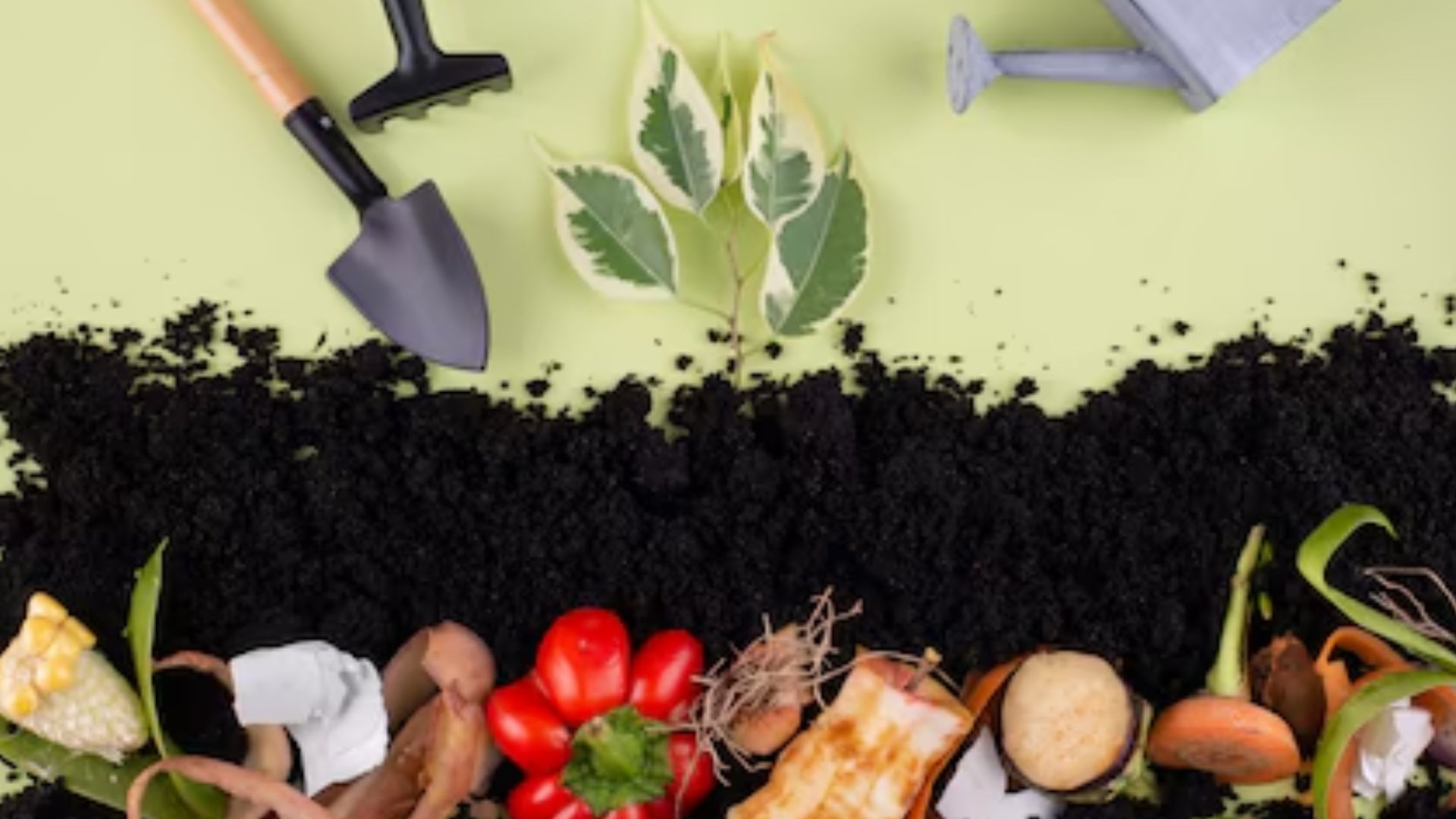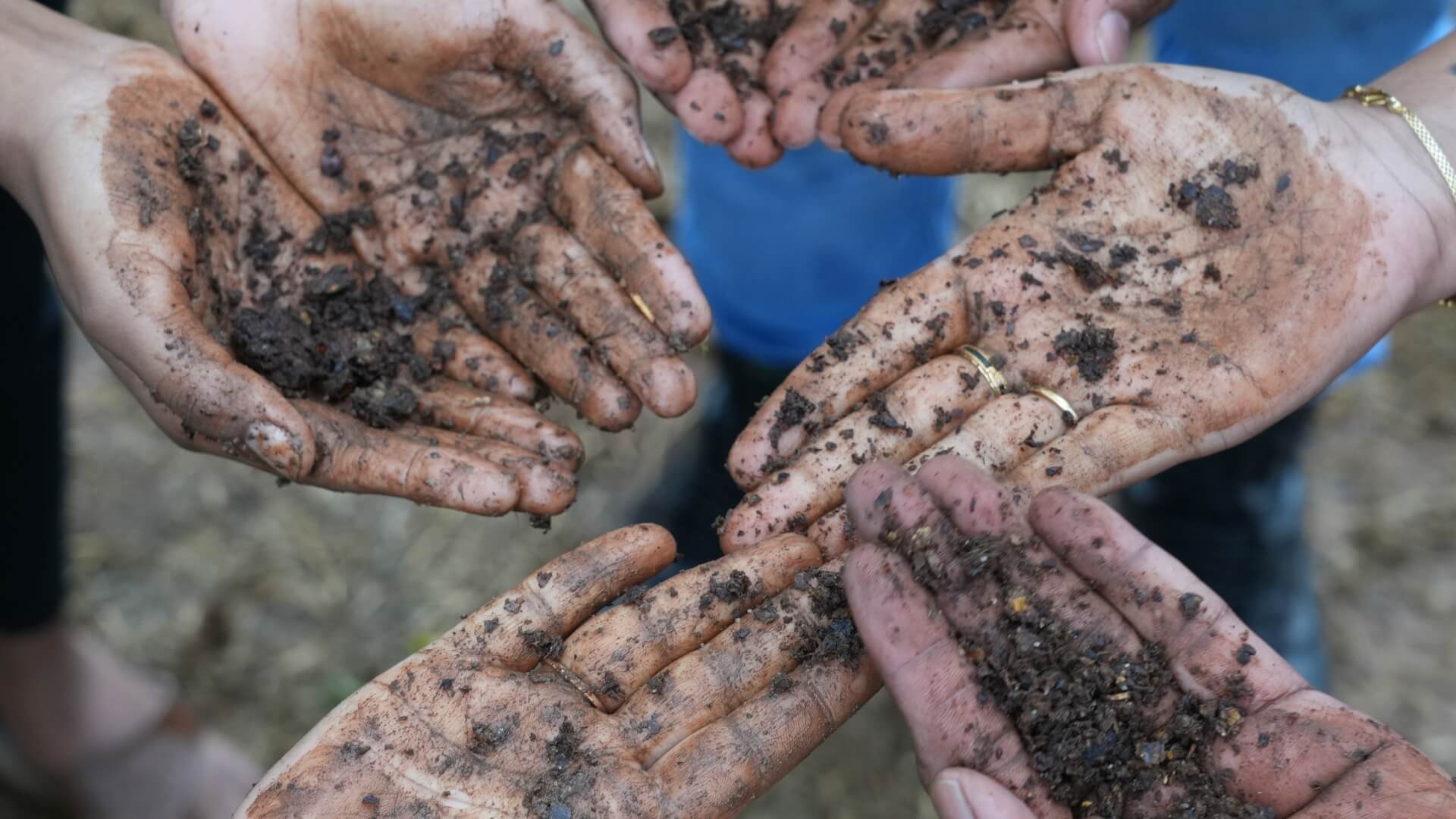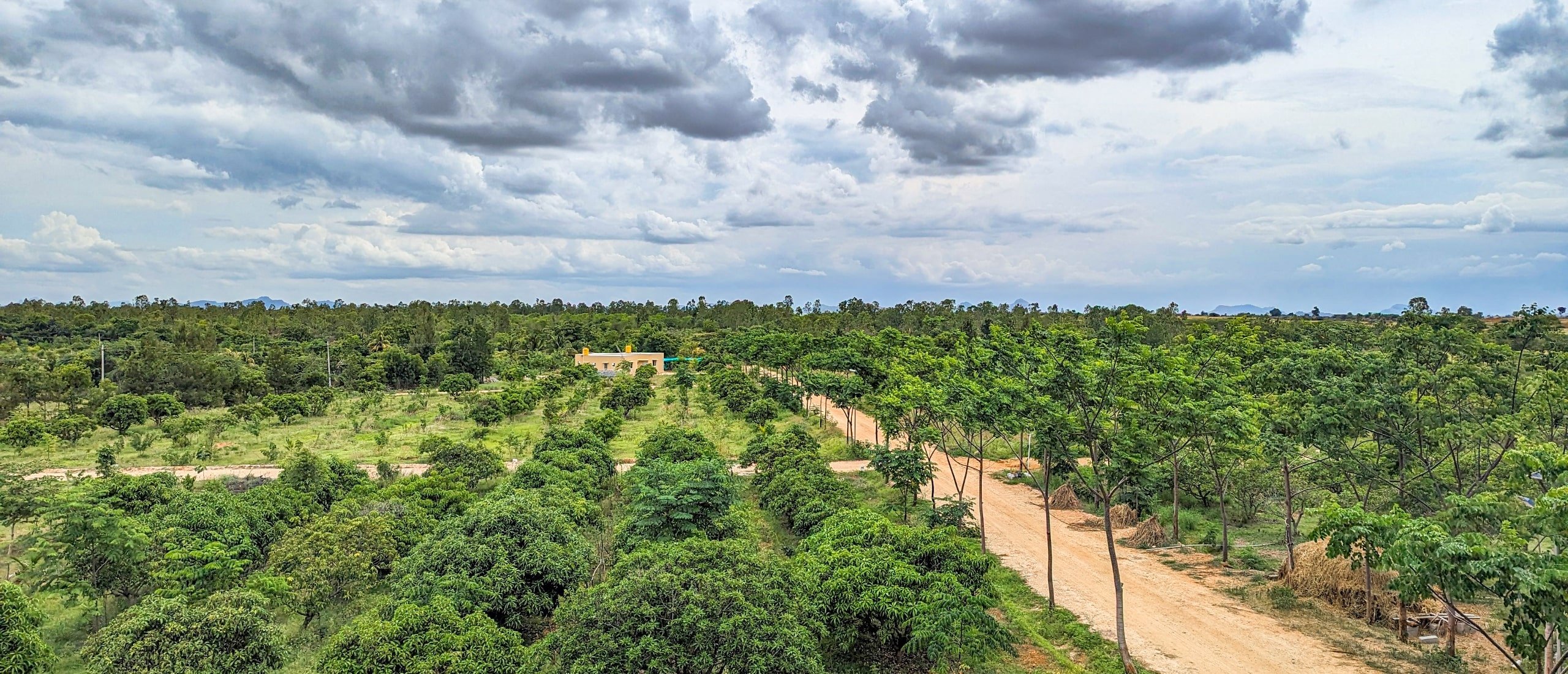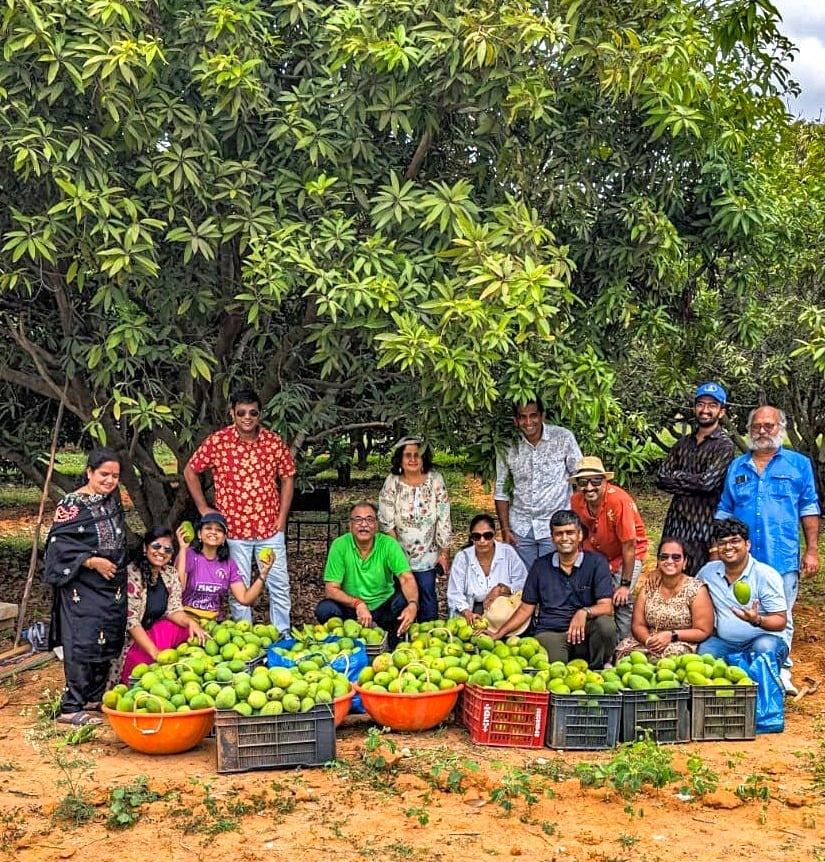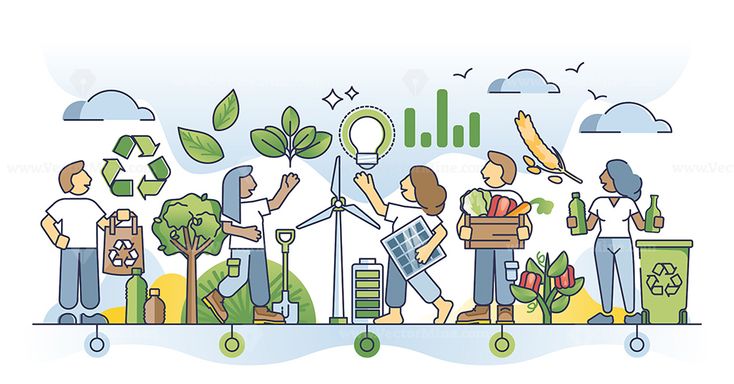November 30, 2023
Srinivas Abhilash
7 Minute Read
A tree’s most important means of staying connected to other trees is a “wood wide web” of soil fungi that connects vegetation in an intimate network that allows the sharing of an enormous amount of information and goods.”
— Tim Flannery
“Fungi constitute the most poorly understood and underappreciated kingdom of life on Earth.” — Michael Pollan
Introduction
Think of your favorite meal, its vibrant colors, the tantalizing aroma, and the rich flavors that dance on your taste buds. Now, what if I told you that the journey of that delicious meal starts not in the kitchen, but deep beneath the ground we tread?
The voyage of our cherished food, the source of our sustenance and joy, delves into the world of often overlooked, underestimated, yet vital living organisms: fungi. These tiny wonders are the unsung heroes, the hidden threads that bind our gastronomic experiences.
From farm to fork, our food’s intricate journey is linked to the soil, where a thriving population of fungi plays a pivotal role. These remarkable organisms possess the extraordinary ability to decompose even the toughest materials, such as wood and rock. Additionally, they excel at communication and cooperation with other organisms, fostering symbiotic relationships that are essential for soil health.
To ensure fertile soil, fungi are indispensable. These tiny organisms act as nature’s recyclers, breaking down dead plants and other organic matter helping in enriching the soil with essential nutrients. They form partnerships with plants, enhancing nutrient absorption and promoting overall plant health.

Fungi also create humus, a stable organic material in the soil, rich in nutrients that improve the soil structure, retain moisture, and provide a steady release of nutrients to plants. By suppressing diseases and aiding in nitrogen fixation, fungi contribute to a thriving ecosystem.
Therefore, any farming endeavor should prioritize fostering fungal activity. Understanding this symbiotic relationship is key: healthy fungi mean fertile soil, robust plants, and sustainable agriculture.
Fungi, Forest, Farming, Food, and Future: A Simple Connection
In nature’s grand plan, fungi act as incredible transformers, turning dead stuff into fertile soil, primarily in lush forests. This natural process is vital for our future food. By mimicking nature’s wisdom through regenerative farming and permaculture, we at Hosachiguru managed farmlands are creating food forests on all our managed farmlands. These diverse spaces at Hosachiguru are equipped with the right ingredients to encourage fungi to thrive, making the soil rich and perfect for growing healthy crops.
Soil Fungi and Soil Fertility
To ensure fertile soil, we must practice methods like minimal soil disturbance (NoTill/Minimal Tillage), cover cropping, mulching, and composting, creating a home where fungi can flourish. The fungi networks, also known as mycorrhizal networks, can thrive and significantly benefit the ecosystem. When our crops grow in this nutrient-packed soil, they yield abundant, nourishing fruits, grains, and vegetables. Here are the details:
- Step 1: Minimal Tillage, Mulching, and Cover Cropping
-
- In NoTill and minimal tillage systems, the fungal networks remain largely intact. The undisturbed soil allows the fungi to establish and maintain their connections with plant roots.
- Mulching: Mulching involves covering the soil with organic materials like straw, and fallen leaves. Mulch acts as a protective layer, conserving moisture, moderating soil temperature, and preventing soil erosion.
- Cover Cropping: Cover crops are planted to cover the soil surface rather than for harvesting. They prevent soil compaction, suppress weeds, and add organic matter when they decompose.
- Step 2: Fungal Network Formation
-
- Mycorrhizal Fungi Interaction: Mycorrhizal fungi (they are symbiotic associations between fungi and plant roots, where the fungus colonizes the plant roots, aiding in nutrient absorption) form mutualistic relationships with plant roots. The fungi provide the plants with nutrients (especially phosphorus and nitrogen) and receive carbohydrates in return. These fungi have a vast network of hyphae (A hypha is a long, branching, filamentous structure of a fungus. In most fungi, hyphae are the main mode of vegetative growth and are collectively called a mycelium) that extend into the soil.
- Hyphal Growth: In undisturbed soil with optimal temperature and moisture, mycorrhizal hyphae grow extensively. They explore the soil, accessing nutrients that are beyond the reach of plant roots.
- Step 3: Importance for Better Yields and Nutrient Availability
-
- Improved Nutrient Absorption: Mycorrhizal fungi can access and absorb nutrients like phosphorus and nitrogen more efficiently than plant roots alone. This enhanced nutrient uptake results in healthier plants.
- Enhanced Soil Structure: Fungal hyphae bind soil particles together, creating stable aggregates. This improves soil structure, aeration, and water infiltration.
- Disease Resistance: Mycorrhizal networks can enhance plant resistance to diseases by activating the plant’s defense mechanisms.
- Carbon Sequestration: Fungi help store carbon in the soil by promoting the formation of stable organic matter through decomposition processes.
- Ecosystem Resilience: Undisturbed fungal networks contribute to ecosystem resilience by maintaining nutrient cycles and supporting various plant species.
Healthier plants, access to nutrients, and improved soil structure lead to increased crop yields. Plants grow more robustly and are better able to withstand environmental stresses. When plants have access to a wide array of nutrients due to mycorrhizal networks, the resulting crops are more nutrient-dense. This benefits both human health and the overall ecosystem. By relying on natural processes like mycorrhizal networks, agricultural practices become more sustainable. There’s reduced dependence on chemical fertilizers, that harm the environment.
Nourishing Food, a Brighter Future
This nutritious food isn’t just about satisfying hunger. It fuels our bodies and minds. When we consume food grown in such healthy soil, our bodies become strong, and our minds sharp. This sets the stage for a future where every individual is vibrant and intellectually sharp, shaping a society filled with potential and innovation. The simple link from fungi to forest to food promises not just sustenance but a brighter, healthier tomorrow for all of us.

Role of Fungi in Carbon Sequestration and Climate Change
1.Transforming Matter and Energy:
Fungi act as nature’s recyclers by breaking down dead organic matter and turning fallen leaves and wood into nutrients for plants as discussed above in detail. This vital process sustains the cycle of life, ensuring continuous recycling of nutrients to support new life forms in the ecosystem.
2.Carbon Sequestration and Climate Change:
Fungi capture carbon and store it in the soil for the long term. Through their intricate mycelial networks, fungi help trap carbon in the soil. This process is vital in mitigating climate change, as it reduces the amount of carbon dioxide in the atmosphere, thus reducing the greenhouse effect and global warming. Soils hold 3 times more carbon than the atmosphere. Bacteria hold about 20% of the sequestered soil carbon and Fungi hold about 80% of the sequestered soil carbon.
How does Regenerative Farming Support Fungi?
- No Chemicals: Chemical pesticides and fertilizers harm fungi. Regenerative farming avoids these, ensuring the fungal population is not disrupted.
- Cover Cropping: Planting cover crops between main crops provides organic matter for fungi to break down, enriching the soil.
- Crop Rotation: Changing crops in a field seasonally prevents the buildup of specific diseases, promoting diverse fungal species.
- Composting: Fungi itself helps in the composting process, thus converting the hard cellulose material into fine organic matter.
- Reduced Tillage: Excessive tilling damages fungal networks. Regenerative farming practices minimal tillage, preserving these networks.
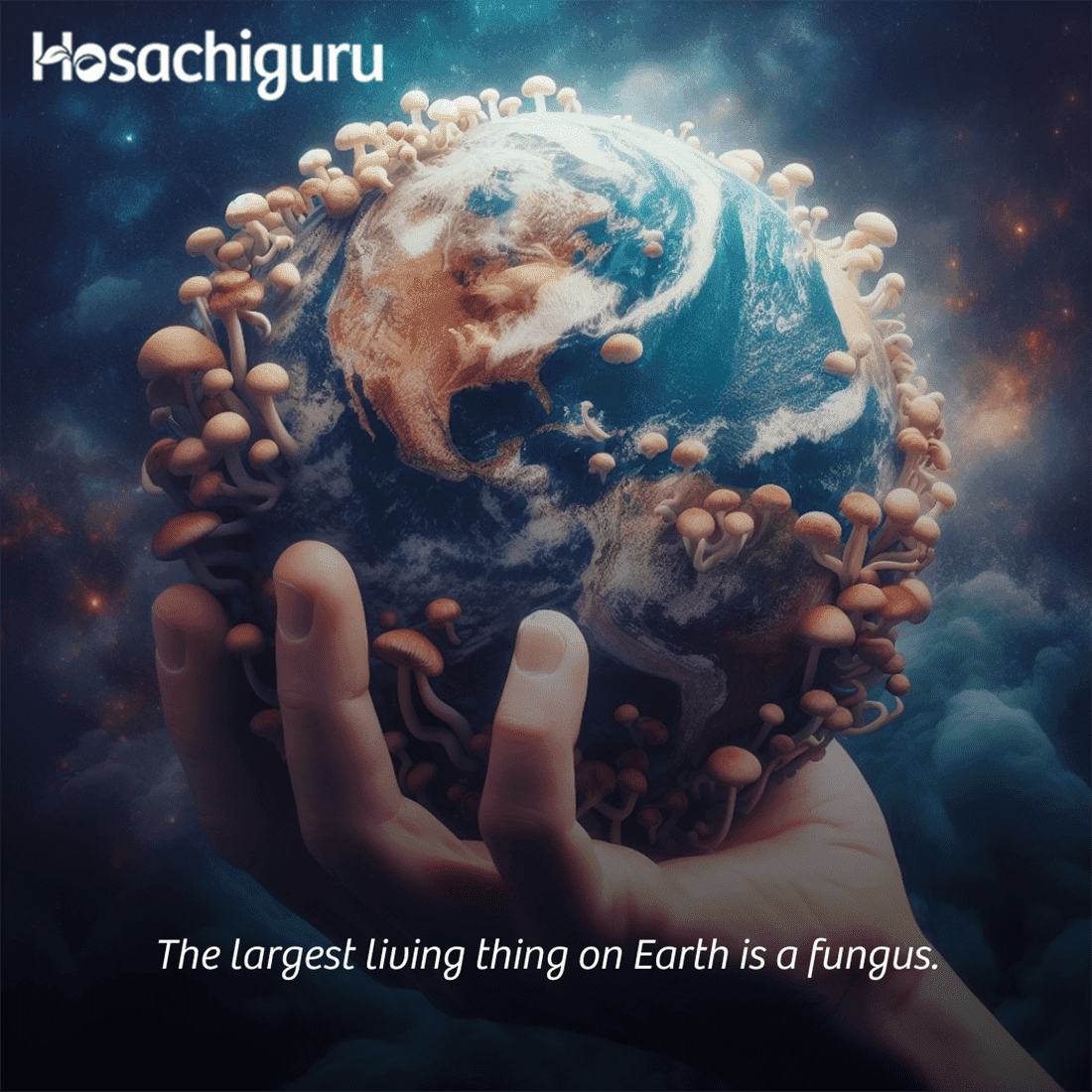
Cultivating Fungal Networks: Regenerative Farming for Enhanced Soil Health at Hosachiguru
At Hosachiguru, we are undergoing a significant transition from sustainable farming practices to regenerative farming, aiming to enhance soil fertility and overall farm health by fundamentally focusing on increasing fungal activity and enhancing the network. Our approach is rooted in permaculture principles and ethics, guiding us toward sustainable and holistic land management.
As part of our commitment to regenerative farming, we’ve adopted a NoTill policy across our managed farmlands, enhancing fungal networks in the soil. Dry and wet mulching techniques, coupled with the cultivation of biomass plants in our nurseries (totaling approximately 100,000 plants/year), play a pivotal role. This strategic mulching not only optimizes soil temperature but also significantly boosts soil moisture content.
We create natural concoctions using inputs sourced directly from our farm and goshala, ensuring a sustainable approach. Furthermore, we employ integrated pest management practices to protect beneficial insects, fostering a natural balance that curtails harmful pests.
Other strategies used at Hosachiguru to enhance the fungal network as a part of farm operations are:
-
- Natural Fungicides: We use natural fungicides, such as neem oil and compost tea, which do not harm beneficial fungi while targeting harmful pathogens.
- Fungal-Friendly Crops: In our garden designs, we include mycorrhizal-friendly plants like sunflowers, beans, and peas. These plants foster beneficial soil fungi, enhancing nutrient absorption. They’re strategically placed in mandala gardens, keyhole gardens, and various beds with different plants. This symbiotic relationship boosts garden fertility, ensuring healthy, nutrient-rich produce.
- Holistic Farm Management: At Hosachiguru, we view the farm as a complete ecosystem. Embracing holistic practices like agroforestry, where trees and crops coexist, fosters diverse environments ideal for fungal growth. On our managed farmlands, we cultivate dense agro-food forests. This deliberate approach creates an optimal environment, enabling robust fungal networks to thrive and enrich our agricultural landscape.
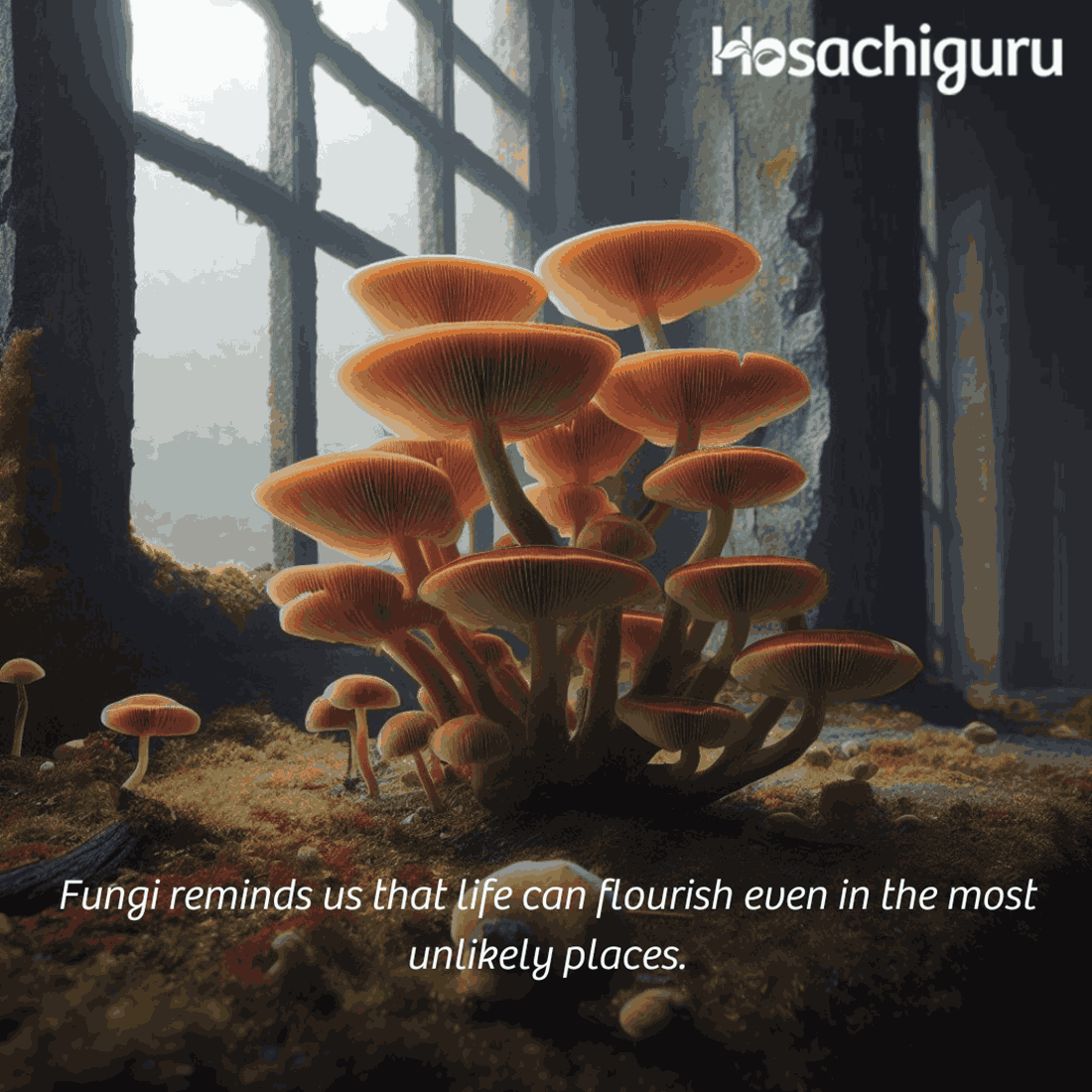
These measures have not only revitalized our soil but have also led to a drastic reduction in water consumption, especially in farms that have embraced regenerative farming practices for over three years.
Through these dedicated efforts, Hosachiguru not only conserves water but also fosters healthier soil ecosystems, ensuring the long-term sustainability and productivity of our farms. These processes are helping us march towards comprehensive regenerative farming.
Conclusion
By adopting regenerative farming techniques, novice farmers, serious urban farming enthusiasts, and many others who want to do well in agriculture, build food forests, and much more, can look at maintaining and increasing the population of fungi in the soil. As fungi thrive, they continue their essential work of recycling nutrients, sequestering carbon, and supporting life. This not only ensures the productivity of farms but also contributes to mitigating climate change, making it a win-win solution for both agriculture and the environment. Fungi, earth’s original stewards, quietly shape ecosystems, sustaining life, and weaving the threads of biodiversity. “Embrace fungi, enriching Earth’s environment, ensuring ecological equilibrium, evolving ecosystems, and encouraging environmental excellence.”
























